Weaning is a crucial stage in horse breeding, and it can be a stressful time for both the foal and the mare. Today, we'll delve into the weaning process, taking insights from Katie Van Slyke, a renowned figure in horse breeding at Running Springs.
Why Weaning is Necessary
Weaning is essential for several reasons. Firstly, it helps the mare regain her body condition, which can be severely affected by nursing a growing foal. In the case of Molly, Katie noticed that her dam, Maggie, was losing weight because Molly was gaining too much. This is a common scenario where the foal's nutritional demands exceed what the mare can provide without detriment to her own health.
The Weaning Process
Katie emphasizes the importance of timing the weaning process. She aligns it with the Farmers' Almanac, believing that this traditional method helps reduce stress. In Molly's case, the timing was adjusted to an earlier date on the vet's recommendation due to her rapid growth, which posed health risks. Katie’s approach to weaning at Running Springs involves a method known as "cold turkey," where the foal is completely separated from the mare rather than gradually. This method, although seemingly harsh, has proven effective for Katie and her team.
They believe that gradual weaning extends the period of stress as the foal continues to experience separation anxiety each time they are reunited and then separated again. Preparation is key to a successful weaning process. Katie and her team start by administering ulcer medication to the foal. This helps mitigate the risk of stress-induced ulcers, which can have long-term health implications.
Monitoring and Care Post-Weaning
The environment plays a critical role in easing the weaning process. At Running Springs, foals are placed in a stall where they can see and interact with other horses through the bars, helping them feel less isolated. In Molly's case, she was placed next to familiar horses, Happy and Howe, which helped her settle down quickly.
Once the foal is separated, close monitoring is essential. Katie keeps an eye on the foals for any signs of stress, such as diarrhea or lack of appetite. Regular checks ensure that any health issues are promptly addressed. Interestingly, Katie uses an experienced, calm horse to act as a babysitter for the newly weaned foal. In Molly's case, Bo, a 24-year-old gelding, took on this role. Bo's calm demeanor helps the foal adjust to the separation more smoothly. Bo has a long history at Running Springs, having been born there and serving as a babysitter for many years.
The Importance of Patience and Observation
After a few days in the stall, the foal is gradually introduced to the pasture. This allows them to stretch their legs and get used to being away from their dam. Katie’s observations show that by this time, the foal is usually well-adjusted and ready to join other horses in the pasture.
Patience is crucial during the weaning process. Katie highlights the importance of observing both the foal and the mare. In Maggie’s case, she remained calm and did not exhibit stress behaviors like searching the fence line for her foal, indicating a smooth transition.
Final Thoughts
Weaning can be a complex process, but with careful planning and consideration, it can be managed effectively. Katie Van Slyke's approach at Running Springs offers a practical guide for horse breeders. By aligning with traditional methods like the Farmers' Almanac, preparing the foal with ulcer medication, and providing a supportive environment with a babysitter horse, weaning can be less stressful for both the foal and the mare.

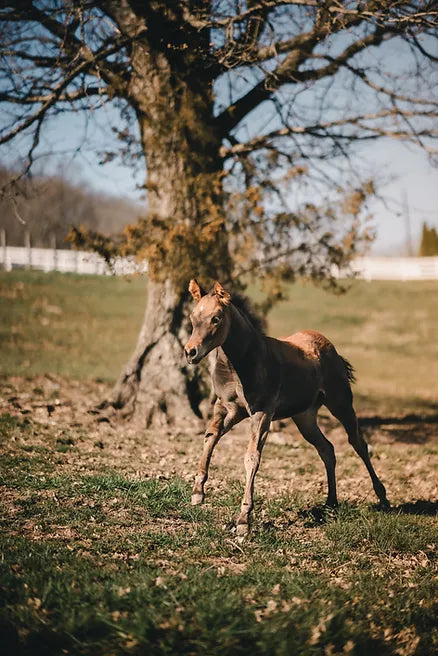
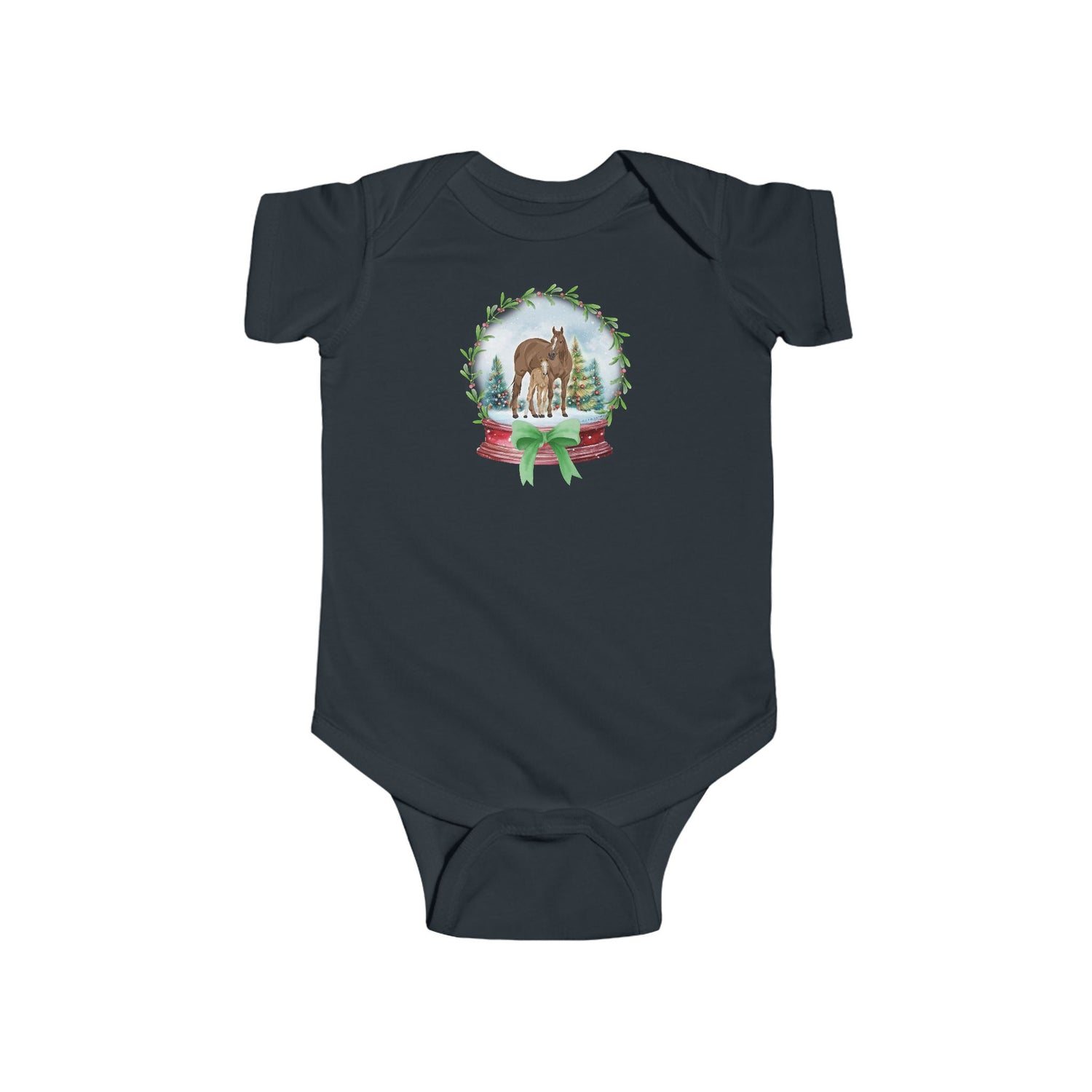
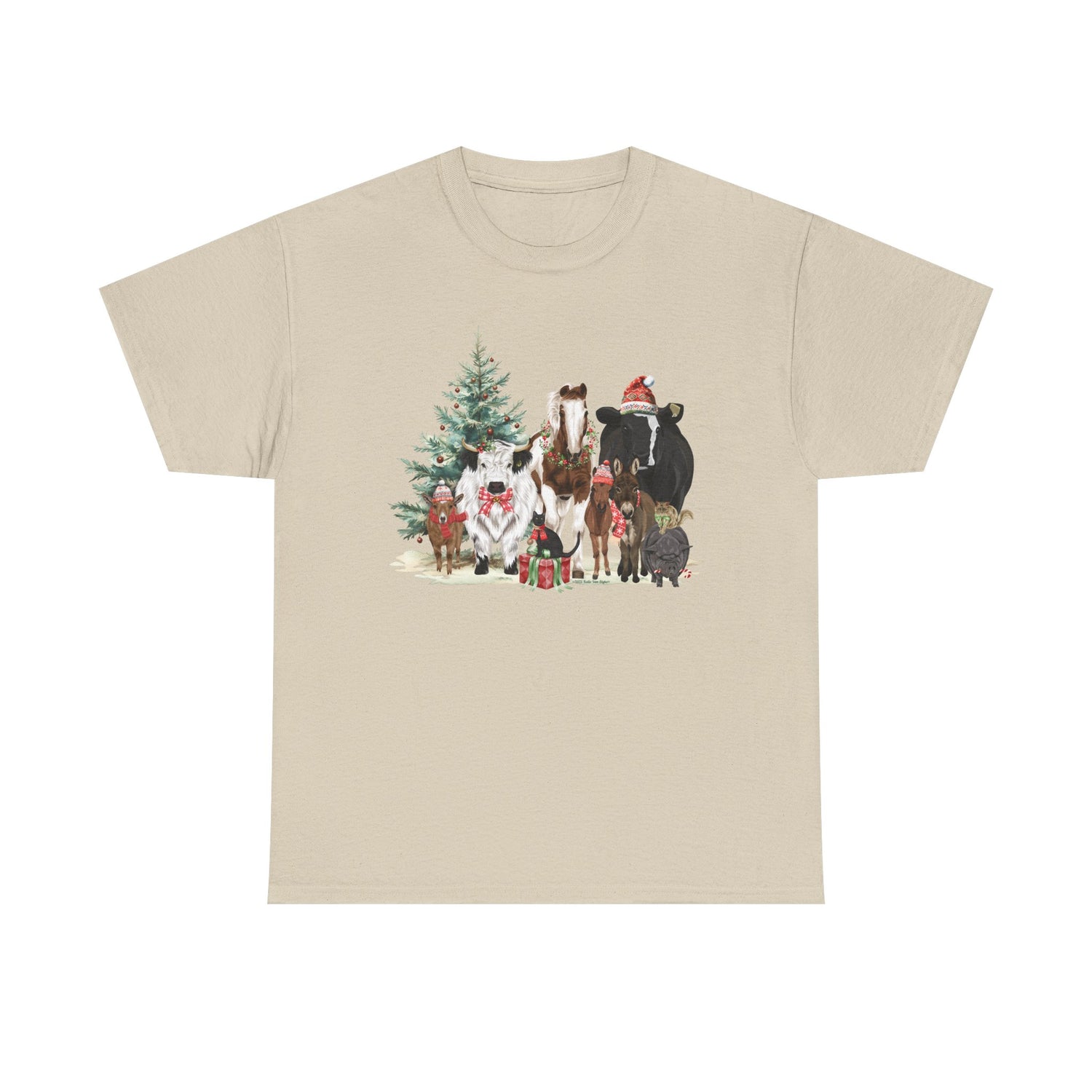
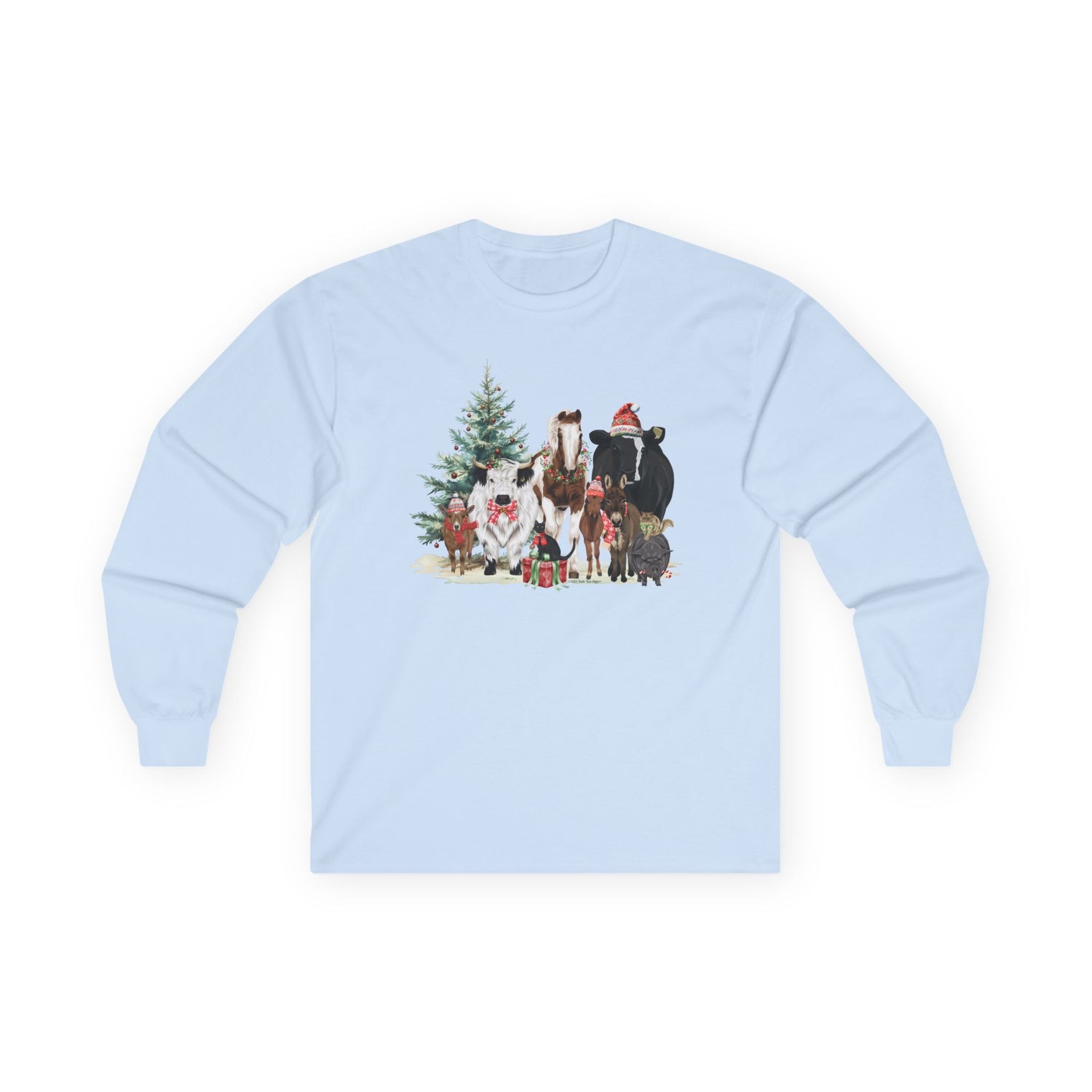
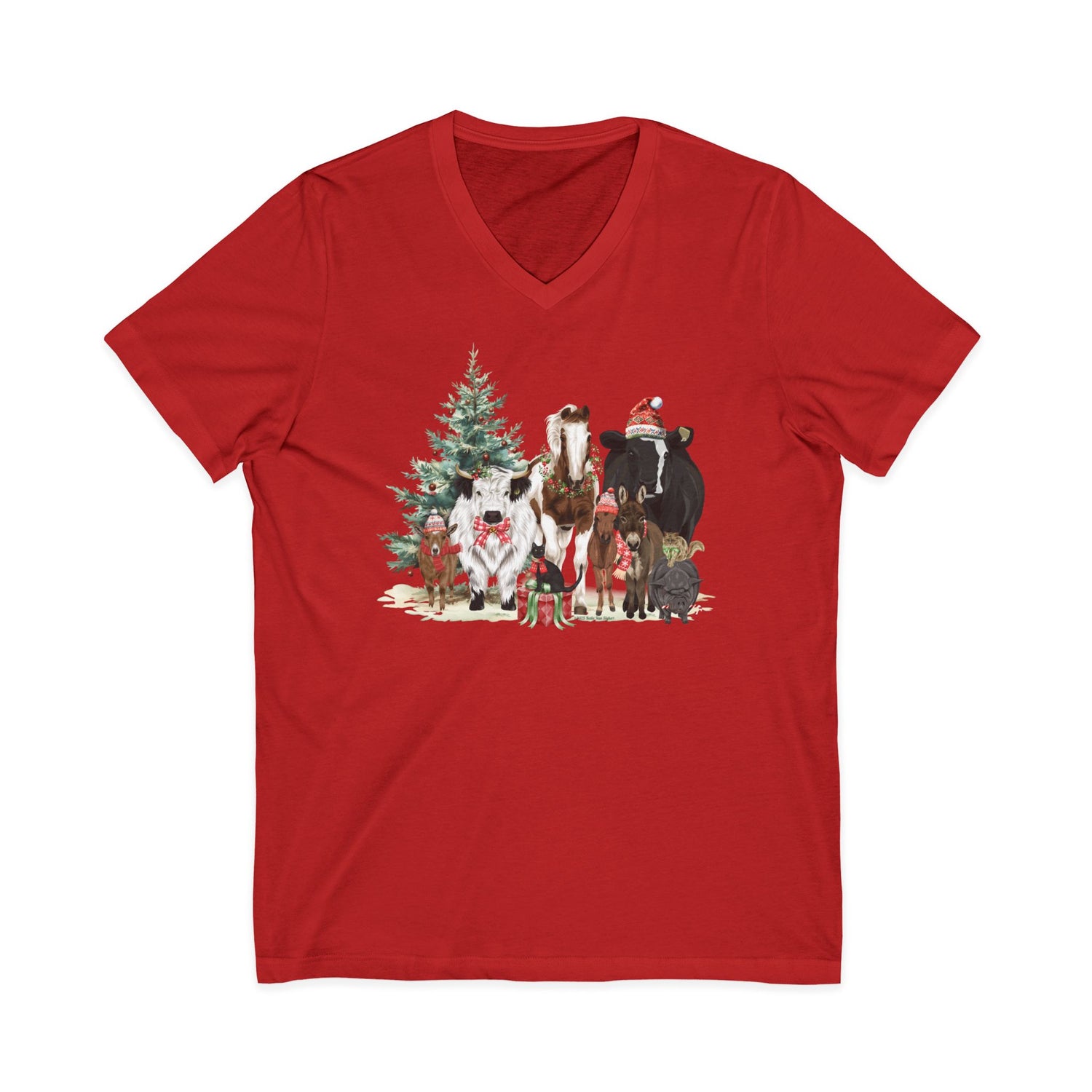
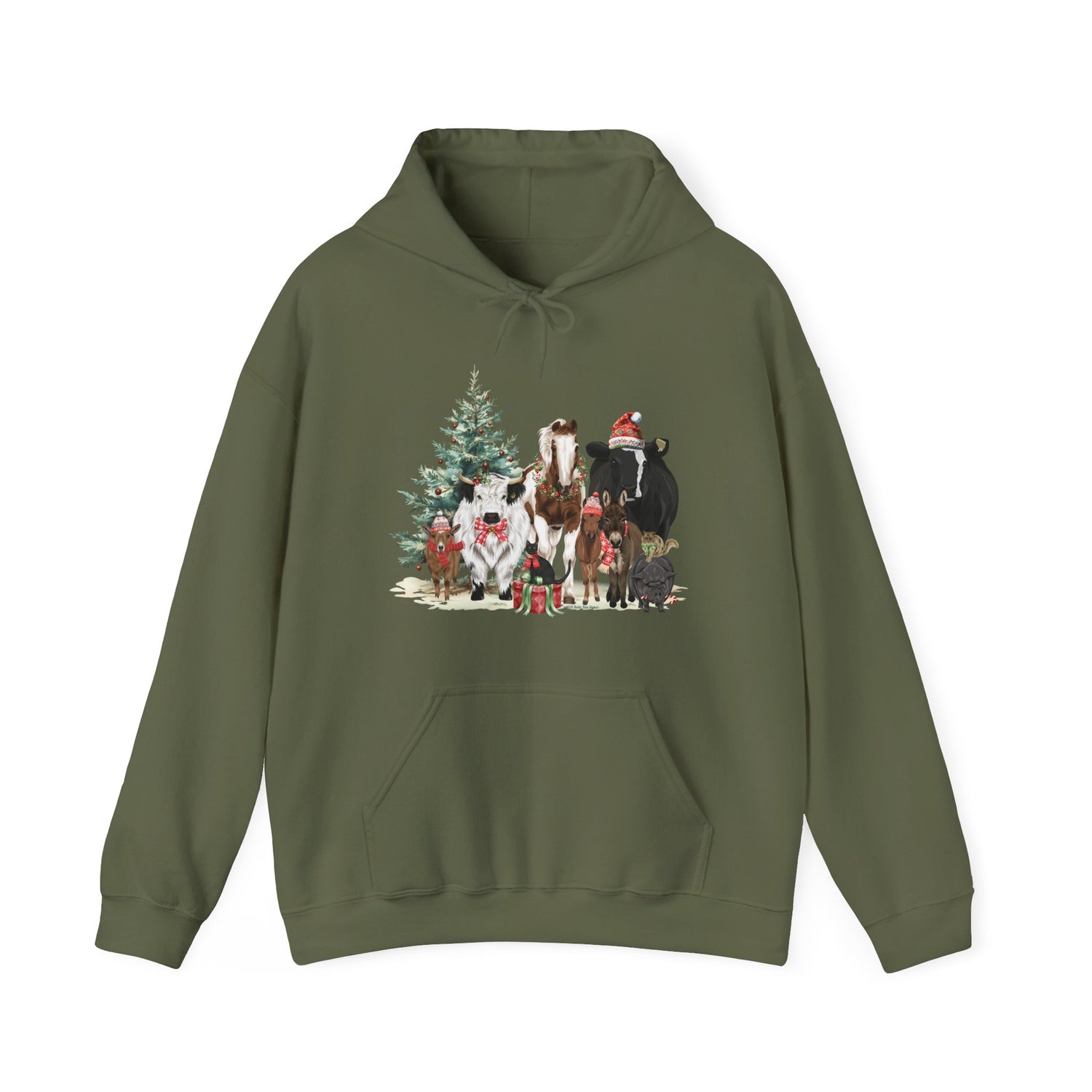
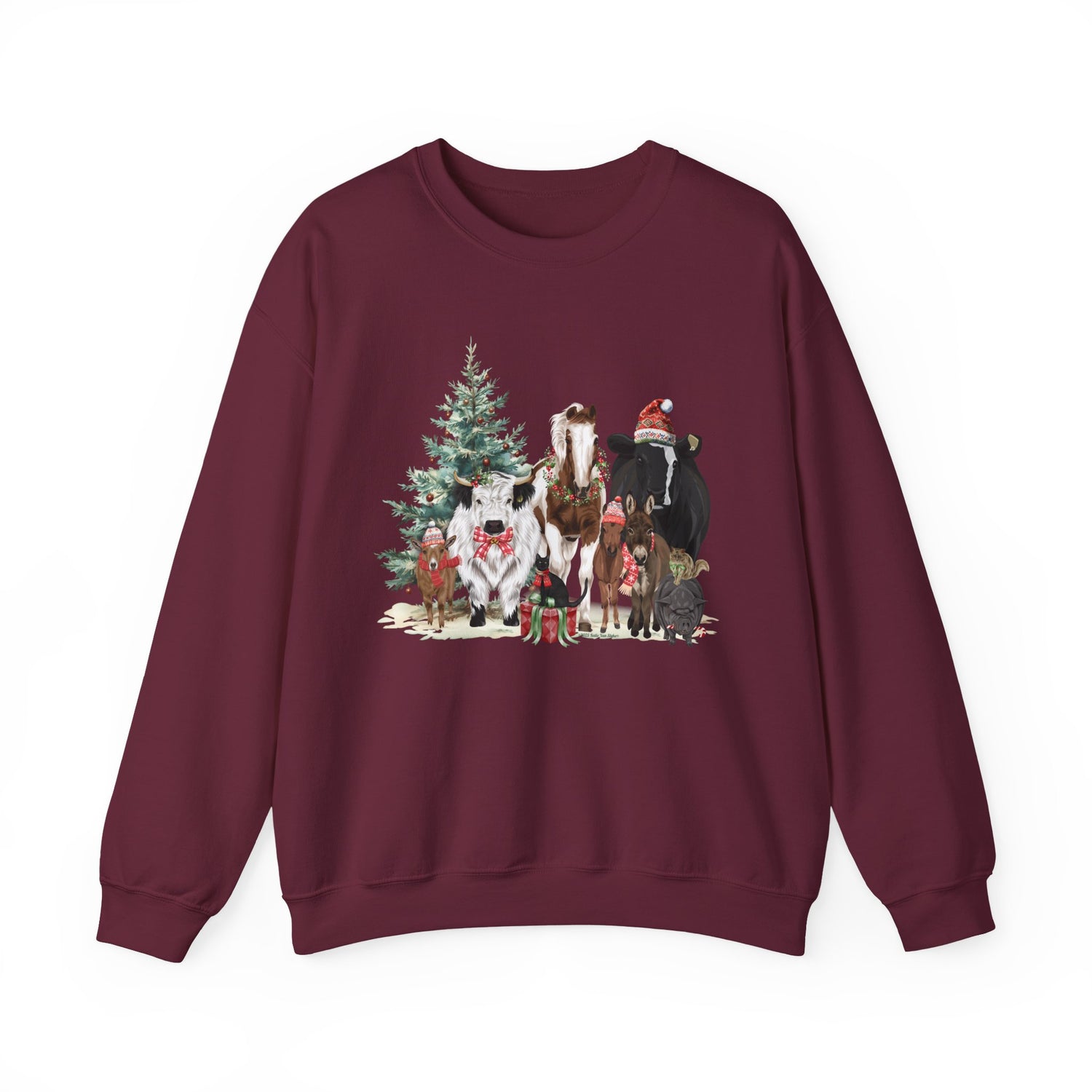
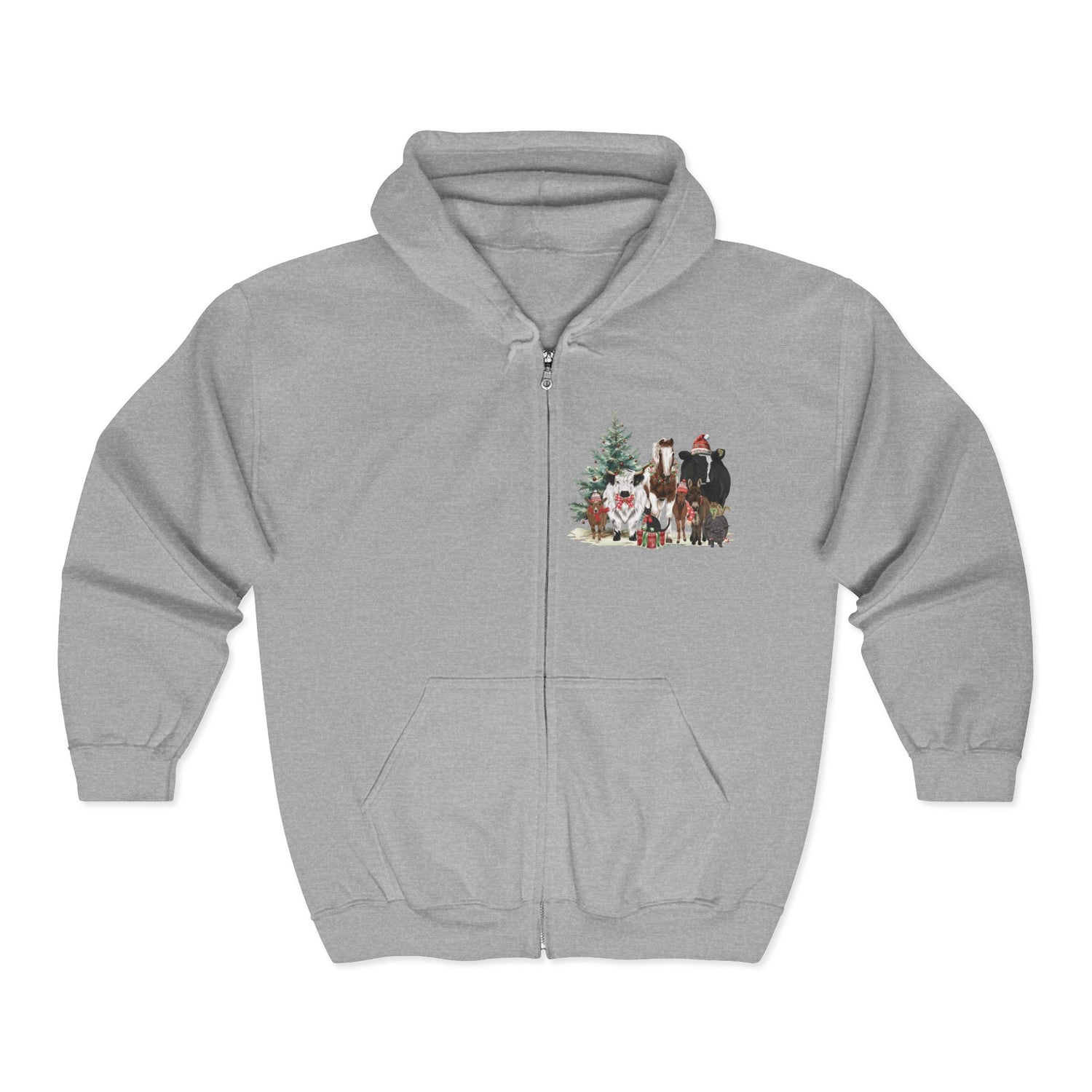

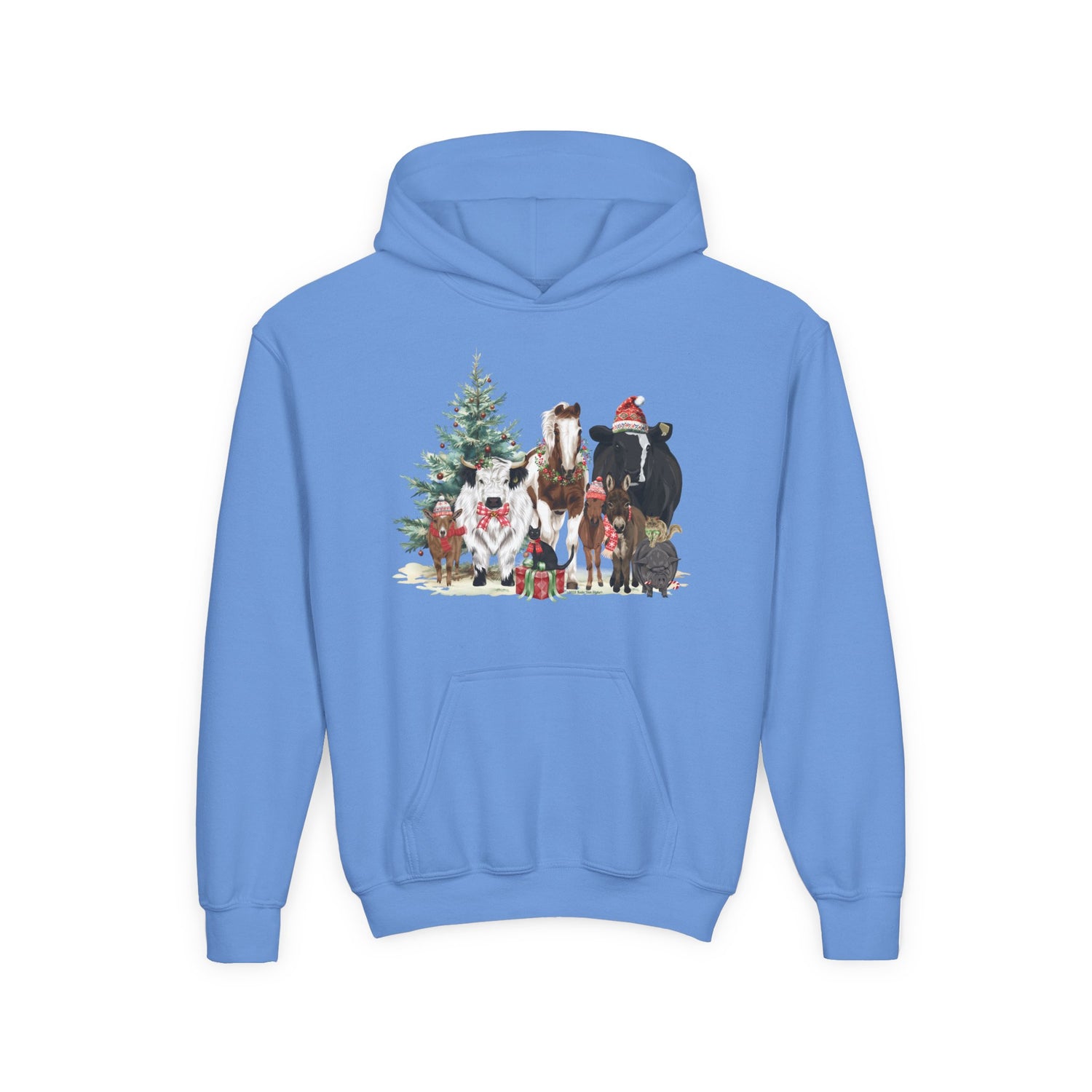
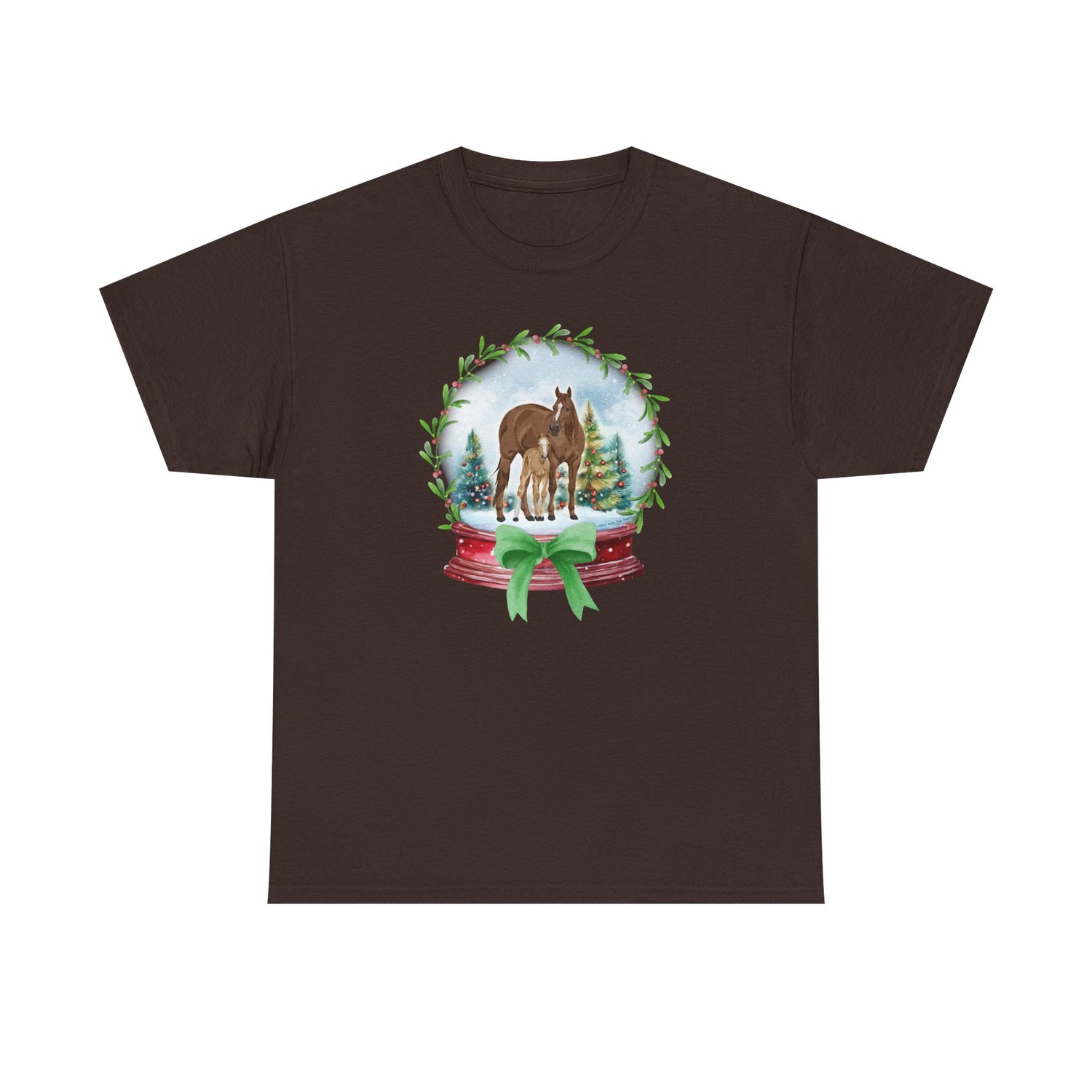
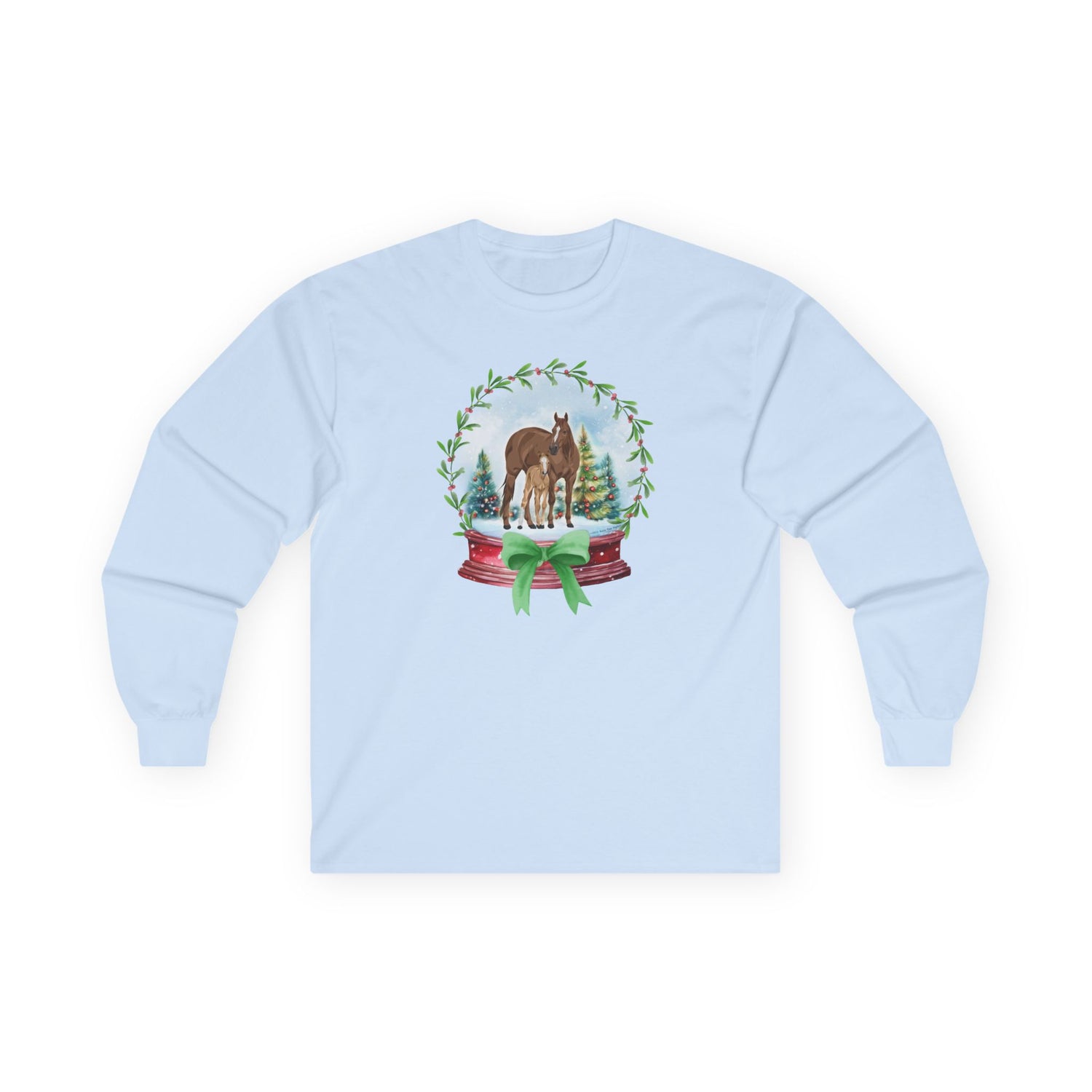
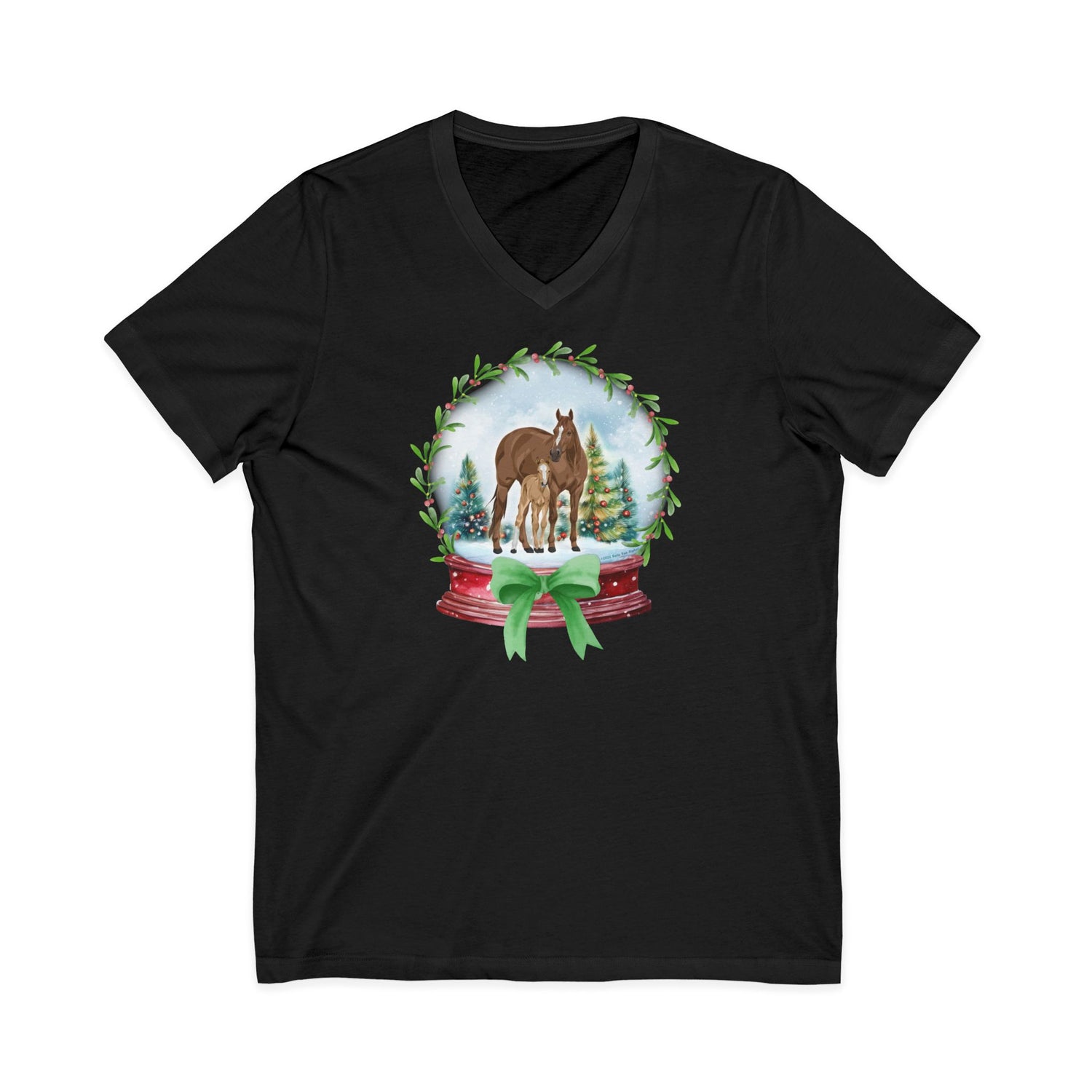
1 comment
This guide is something no one should use. Cold turkey has mean scientifically proven to be the worst method to wean a foal. Gradual weaning might give it a bit of stress over a longer period but that stress will never get so bad that the foal develops ulcers. It’s an outdated method which traumatises foals.